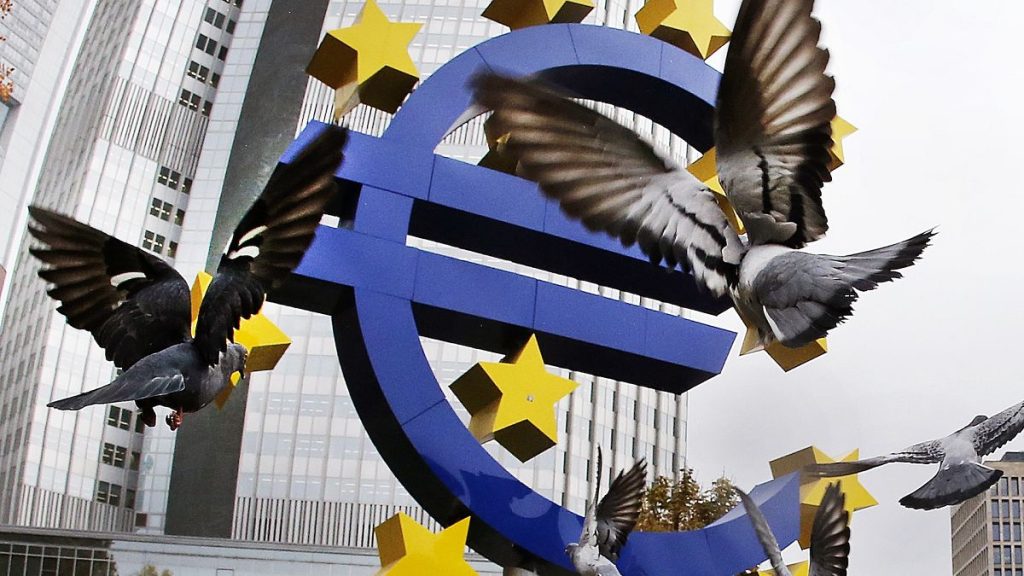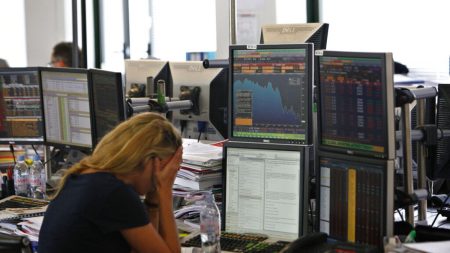Europe’s economic and market outlook for 2025 appears fraught with challenges, both internal and external. Global uncertainties, including the potential for renewed US-China trade tensions and a slowing Chinese economy, intertwine with domestic political instability in key European nations like France and Germany, creating a complex and potentially volatile landscape for investors. These interconnected factors are expected to continue weighing on European market performance, particularly in sectors sensitive to global trade and consumer demand, such as automotive and luxury goods.
The looming threat of US tariffs under the Trump administration poses a significant risk to European businesses, particularly German automakers. Trump’s campaign rhetoric and subsequent actions, including tariffs imposed on other countries, have created an atmosphere of uncertainty and vulnerability for European exporters. The German automotive industry, already grappling with the impact of the Ukraine conflict and weak Chinese demand, faces the prospect of further decline if significant tariffs are levied. This vulnerability is underscored by the sharp sell-offs experienced by European carmaker stocks in response to Trump’s tariff announcements. The potential for a trade war adds another layer of complexity to an already challenging economic environment.
China’s economic trajectory plays a crucial role in Europe’s economic fortunes. The slowdown in Chinese consumer demand has already impacted European luxury goods companies and other export-oriented sectors. While the Chinese government has pledged stimulus measures to bolster domestic demand, the effectiveness of these measures remains uncertain. A sustained recovery in Chinese consumer spending would provide a much-needed boost to European exporters. However, the risk of a renewed trade war with the US could further weaken the Chinese yuan, dampening consumer purchasing power and further reducing demand for European goods.
Domestic political instability within Europe adds further complexity to the economic outlook. France, burdened by high government debt and political gridlock, faces significant challenges in managing its public finances. This instability puts pressure on the French banking sector and contributes to a negative market sentiment. Germany, while experiencing overall market growth driven by technology and defense sectors, faces political uncertainty following the collapse of the ruling coalition and the subsequent snap election. The protracted coalition negotiations expected to follow the election could prolong the period of uncertainty and further weigh on investor confidence.
The combination of global trade uncertainties, China’s economic slowdown, and domestic political instability creates a challenging environment for European markets. These factors contribute to a higher risk premium for Eurozone assets compared to their global peers, reflected in rising government bond yields. This increased risk premium can constrain borrowing, limit liquidity, and hinder economic growth. The interdependence of these factors underscores the complex and interconnected nature of the challenges facing Europe.
In summary, the European economic outlook for 2025 remains precarious, navigating a complex web of interconnected challenges. The potential for a US-led trade war, coupled with a slowing Chinese economy, creates external pressures on European businesses. Simultaneously, domestic political instability in key European economies further complicates the situation, adding to market uncertainty and potentially hindering growth. The confluence of these factors creates a challenging environment for investors and underscores the need for careful navigation of the evolving economic and political landscape.














